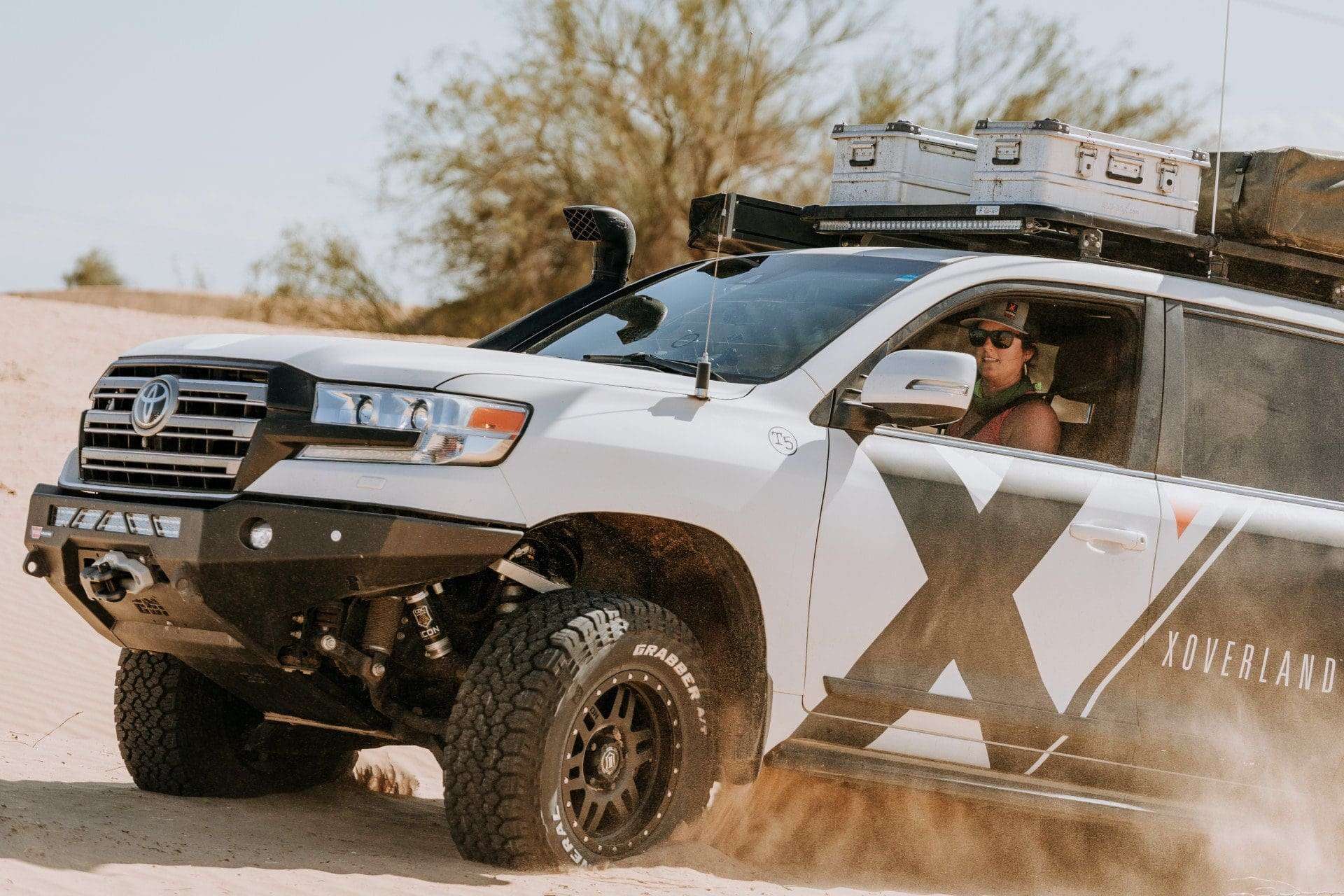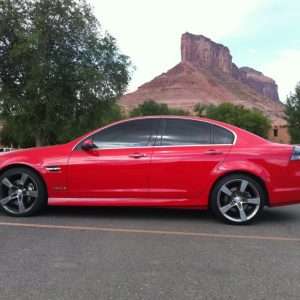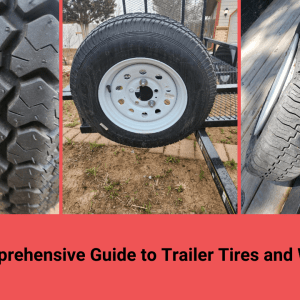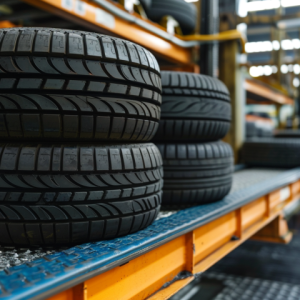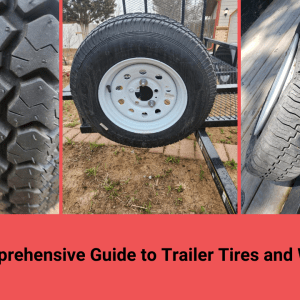Selecting the optimal wheel and tire setup is crucial for a successful overlanding adventure․ It impacts everything․ From traction to ground clearance, and even fuel economy․ This guide will help you navigate the complexities․ We’ll cover key considerations․ Let’s get started!
Understanding Tire Sizes
Tire sizes can seem confusing at first․ They are usually represented in two formats․ The P-metric system (e․g․, P265/70R17) is common․ The other is the inch system (e․g․, 33×12․50R15)․ Let’s break down the P-metric system․
- P: Indicates a passenger vehicle tire․
- 265: Section width in millimeters․
- 70: Aspect ratio (sidewall height as a percentage of section width)․
- R: Radial construction․
- 17: Wheel diameter in inches․
The inch system is more straightforward․ The first number is the overall diameter․ The second is the width․ The last is the wheel diameter․
Key Considerations for Overlanding Tires
Several factors influence the best tire choice for overlanding․ Think about the terrain you’ll encounter․ Consider the load you’ll be carrying․ Durability is also paramount․ Here are some key aspects:
- Terrain: Mud, rocks, sand, or a mix?
- Load Capacity: Account for gear, passengers, and vehicle modifications․
- Durability: Look for tires with strong sidewalls․
- Traction: Aggressive tread patterns provide better grip․
- Fuel Economy: Larger, heavier tires can reduce fuel efficiency․
Wheel Size and Offset
Wheel size affects tire options․ It also influences handling․ Offset determines how the wheel sits in the wheel well․ Positive offset moves the wheel inward․ Negative offset moves it outward․ Incorrect offset can cause rubbing․
Consider these points:
- Diameter: Match the tire’s inner diameter․
- Width: Choose a width appropriate for the tire size․
- Offset: Ensure proper clearance and avoid rubbing․
FAQ: Overlanding Wheel and Tire Setups
What’s the best tire type for mixed terrain?
All-terrain (AT) tires are a good compromise․ They offer decent on-road performance․ They also provide adequate off-road traction․ They are versatile․ They are a popular choice for overlanding․
How do I determine the correct load rating?
Check your vehicle’s GVWR (Gross Vehicle Weight Rating)․ Add the weight of your gear and passengers․ Choose tires with a load rating that exceeds this total․ Safety is paramount․
Can I use a larger tire size than recommended?
Yes, but with caution․ Ensure sufficient clearance․ You may need to lift your vehicle․ Recalibrate your speedometer․ Consider the impact on gearing and fuel economy․ Do your research․
